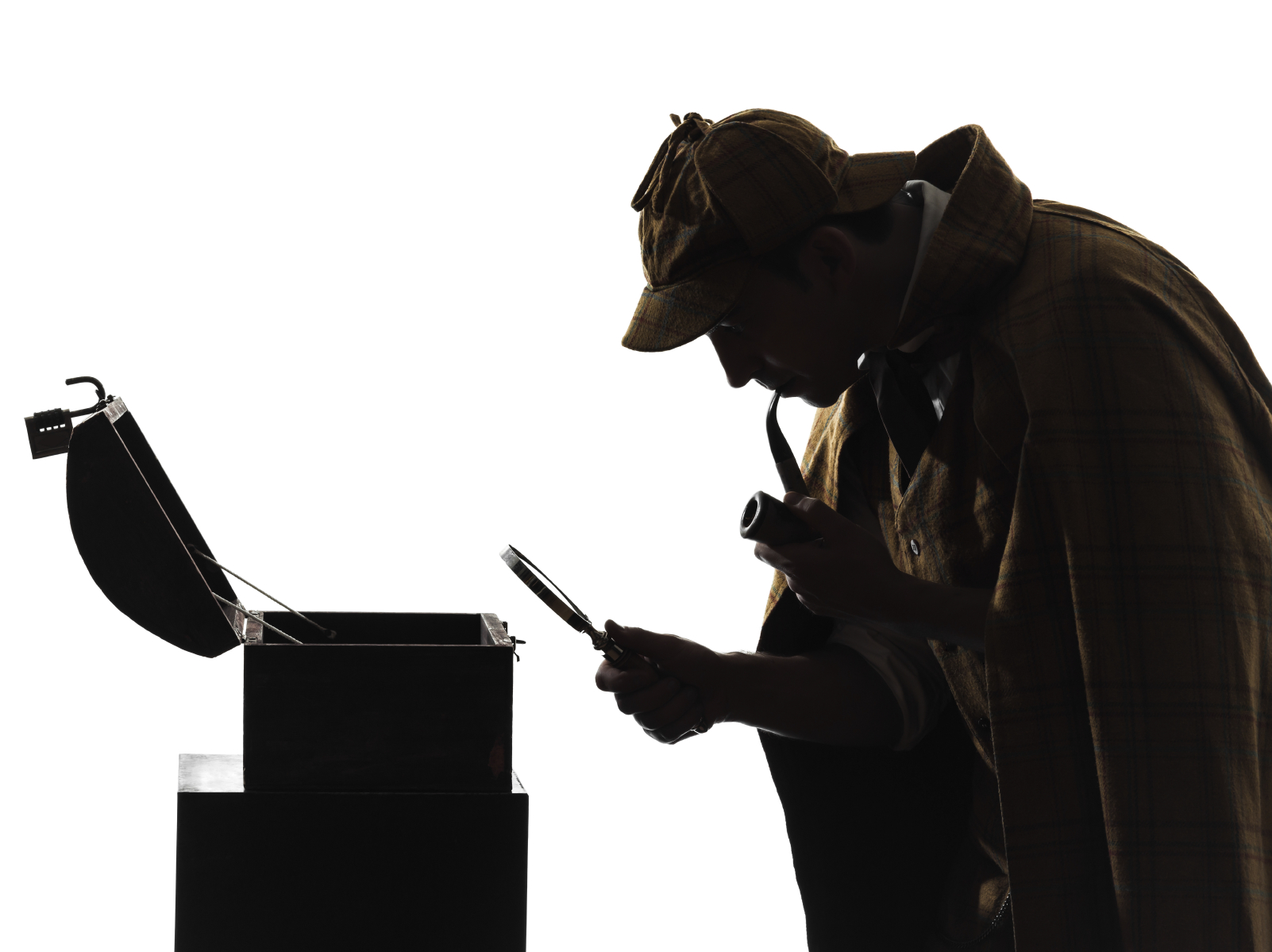A landscape of odors…. Compared to canines, humans smell in black and white. We live in a world of sight and sound, words and letters. If you wrote a novel for dogs, you’d have to use smells – it would be a scratch-and-sniff book. Dogs find...
Sherlock Holmes had his magnifying glass. A modern detective will bring things like evidence tags, fingerprint kits, and latent bloodstain reagents. What did a 19th-century detective pack into his forensic kit to bring to a crime scene? Let’s ask...




Recent Comments